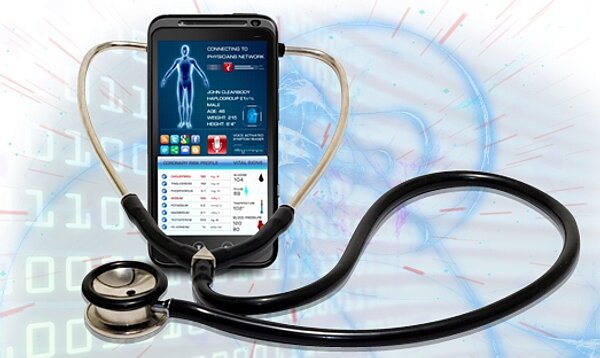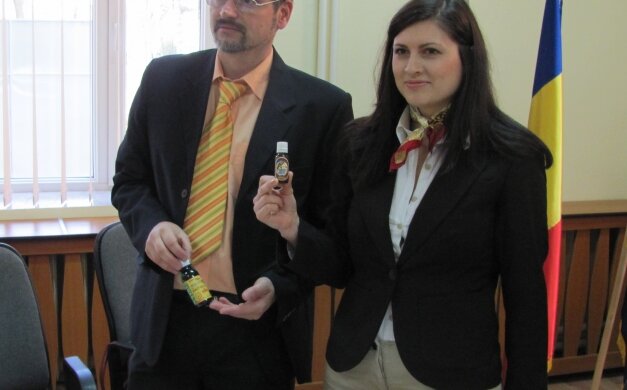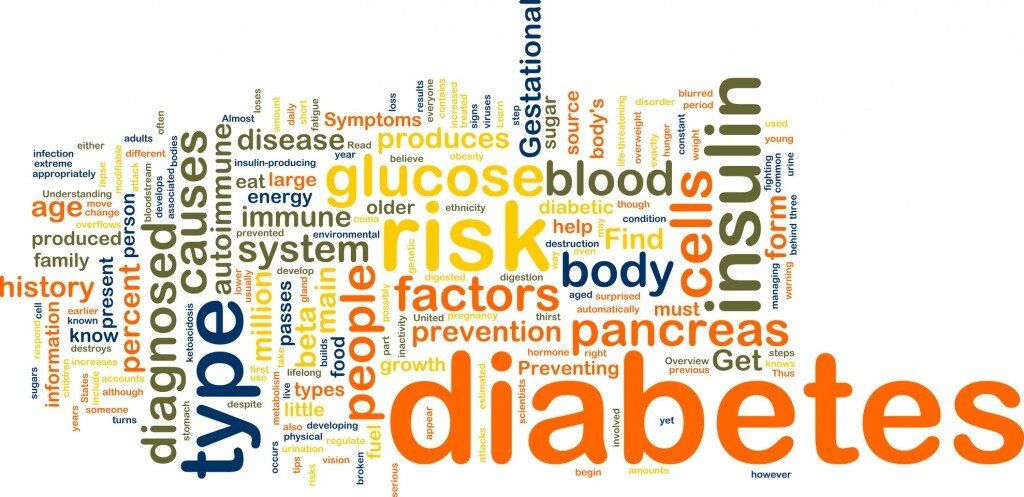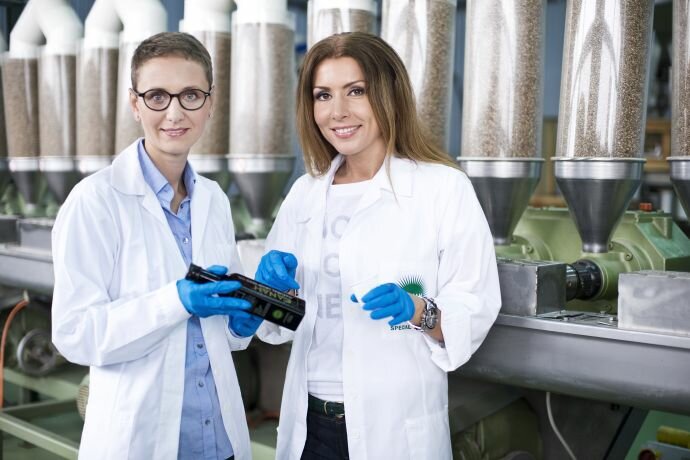Promising Diabetes Cure in Sight?
Diabetes mellitus, or diabetes, as is more commonly known, has now been recognized by the World Health Organization (WHO) as a global epidemic, and affects over 350 million people worldwide.
It is a result of the body’s inability to either form insulin (type 1), or due to Insulin Resistance (type 2).
Diabetes is also known as a silent killer because the high amounts of glucose in the blood stream (or Hyperglycemia), and subsequently, organs, often leads to multiple chronic complications such as limb amputation, blindness, and kidney failure, whereas, low glucose in the blood stream (or Hypoglycemia), often resulting from excess dosage of insulin, results in seizures, unconsciousness, brain damage or death.
The earliest documented medical reference to diabetes was in Egypt, at around 1500 BCE, as “too great emptying of urine”. It was at about the same time that Indian physicians had recorded the disease as “honey urine”.
Apart from humans, dogs and cats are also likely to suffer from diabetes. While diabetes in female dogs is more common, diabetes in male cats is more common.
Asians are five times as likely as Indo-Europeans to contract diabetes; with India being the diabetes capital of the world.
Internationally, diabetes is the main reason for kidney failure and is the cause of about six deaths every minute!
There is no known cure for diabetes, except in specific situations. Medication and a change in lifestyle can keep blood sugar levels in check. Oral medication can be used to regulate insulin levels in the early stages of diabetes.
But eventually, insulin has to be injected into the body, and this can be a painful experience. In order to facilitate ease for patients, part of the effort in finding a cure for diabetes has been to find means to ensure a continuous delivery of insulin into the human body.
The use of insulin pumps has recently gained in popularity; however, the significant costs and a high chance of infection in such ‘open loop’ drug delivery systems have hindered the widespread acceptance of such pumps.
In the last couple of decades, there has been a significant thrust towards the development and improvement of drug delivery. Drug delivery is, in layman terms, a method of supplying drugs to a particular organ (targeted drug delivery or smart drug delivery) or delivering the drug incessantly, intravenously to the body (thin film drug delivery).
As stated earlier, no known cure for diabetes exists. However, recent developments in drug delivery methods have been employed by a conglomerate of researchers from across universities and hospitals in the United States (such as Massachusetts Institute of Technology, University of North Carolina, Drexel University and Children’s Health Hospital at Boston) to develop a method for ensuring a continuous supply of insulin into the patient’s body for up to ten days with a single injection.
In their work, they developed an injectable polymeric cross-linked network (designated nano-network) capable of glucose-mediated insulin delivery. By using a chemically modified acid-degradable and biocompatible matrix material, they demonstrated that the resulting nano-network can be utilized for glucose-regulated insulin delivery.
The basic idea of such a drug is an insulin core, coated with a polymeric material which when injected into the human body, agglomerates to form a linked network structure. This structure then disperses into the blood stream over time resulting in a continuous insulin supply in the body.
| Zhen Gu, lead author of a paper describing the work and an assistant professor in the joint biomedical engineering program at North Carolina State and UNC Chapel Hill summed up the work in the following: “We’ve created a ‘smart’ system that is injected into the body and responds to changes in blood sugar by releasing insulin, effectively controlling blood-sugar levels. We’ve tested the technology in mice, and one injection was able to maintain blood sugar levels at the normal range for up to 10 days.” |
Gu is hopeful that the development of this technology can improve the lives of diabetes patients since he believes that this technology mimics the pancreas.
However, like all other scientific researches, there has been some skepticism before a whole hearted acceptance of this technology. Jack Judy, director of Nanoscience Institute of Medical and Engineering Technology (NIMET) at the University of Florida commented that unless the work was substantiated by more data, it’s acceptance by the medical community would be reluctant to employ the technology.
He, however, commended the efforts of the team for having brought together a team of engineers, scientists and physicians, which added to the credibility of the research.
Scientific developments such as these certainly add to the excitement in the research community, and are certainly critical to finding a cure for a number of diseases. What remains to be seen is the timeframe before the technology is tested on human subjects and how soon, pharmaceutical companies are willing to adopt it.
read this excellent article with featured images @ http://www.onislam.net/english/health-and-science/health/465991-promising-diabetes-cure-in-sight.html
By Mohammed Qanit Takmeel
Freelancer
Pin It























 The first step to recruiting new patients online is to define your goals and marketing budget in advance. Are you looking to build brand awareness or want to showcase a new procedure in your facility? These goals should help determine how to get qualified leads to your website and as a result, more patients into your healthcare facility.
The first step to recruiting new patients online is to define your goals and marketing budget in advance. Are you looking to build brand awareness or want to showcase a new procedure in your facility? These goals should help determine how to get qualified leads to your website and as a result, more patients into your healthcare facility.




